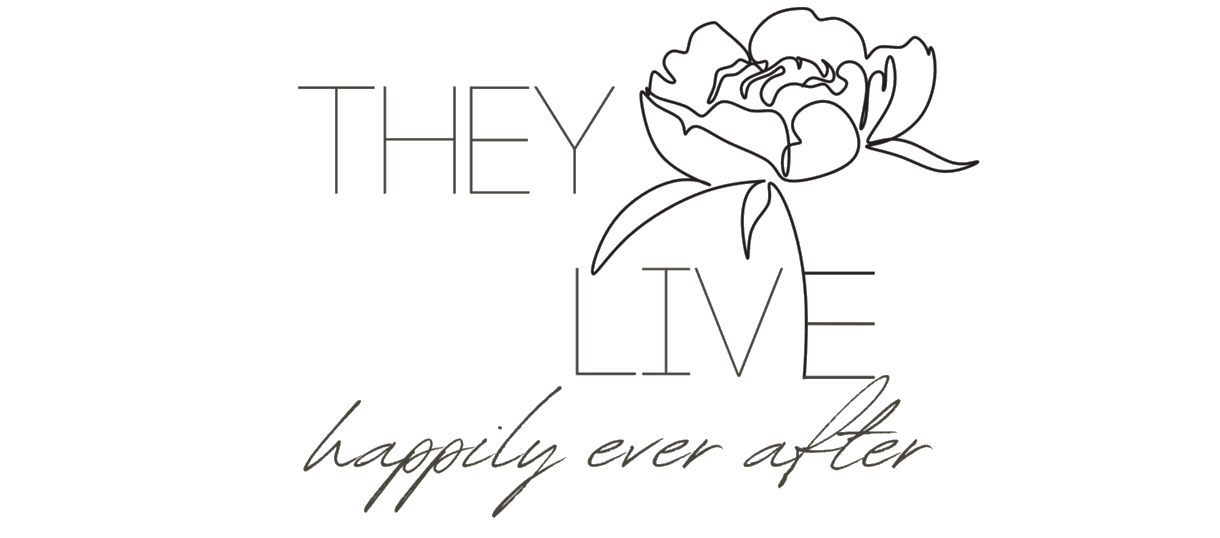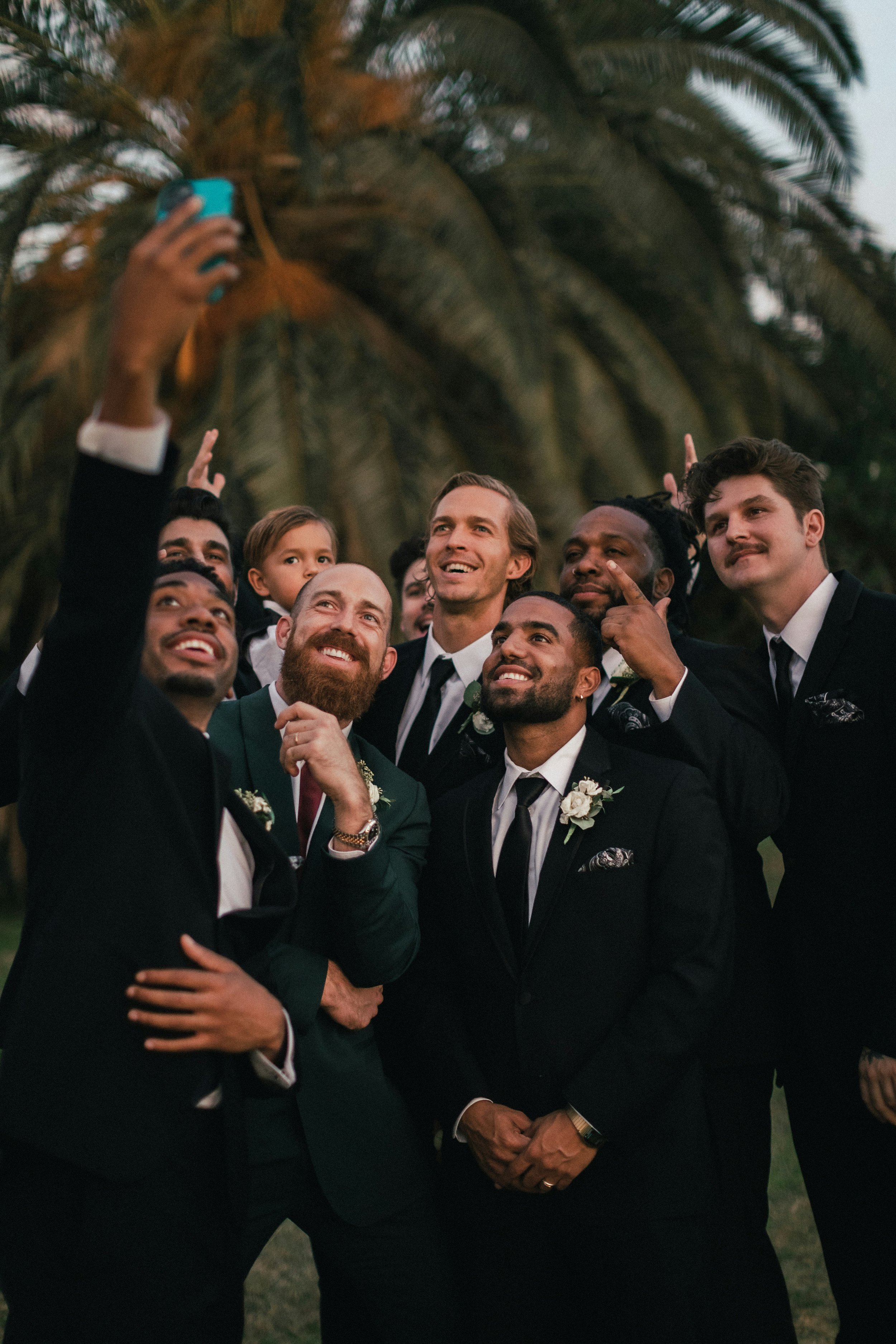The Evolution of Wedding Fashion: Insights from a Designer and Stylist
Wedding fashion is a testament to changing times, blending tradition with a modern flair. Over the decades, bridal and groom attire has transformed dramatically, reflecting shifts in culture, design, and personal expression.
Today, the evolution of wedding fashion is more dynamic than ever, with styles that honour the past while embracing individuality and innovation. We spoke with Heather Jude, fashion stylist, designer, and Founder of Jude Canada, to explore the fascinating progression of wedding fashion over the years and what lies ahead.
How Bridal Fashion Has Transformed Over the Decades
The evolution of wedding fashion for brides has been nothing short of extraordinary. “Over the last 50 years, bridal fashion has had such an exciting evolution, mirroring shifts in culture, style, and individuality,” explains Heather. In the 1970s, bohemian-inspired looks dominated, with flowing dresses and floral crowns. Brides like Bianca Jagger introduced modern elements, such as chic blazer-and-skirt ensembles, which added a bold twist. The 1980s brought opulence, with Princess Diana’s iconic puffed sleeves and dramatic train setting the tone for extravagance.
By the 1990s, Heather told us how simplicity reigned supreme, with Carolyn Bessette-Kennedy’s minimalist slip dress redefining elegance. The 2000s saw the rise of strapless gowns adorned with sparkling embellishments, blending glamour with timeless appeal. The 2010s introduced a shift toward classic styles, epitomized by Kate Middleton’s lace-sleeved gown, a tribute to Grace Kelly’s iconic 1956 look.
Today, bridal fashion celebrates individuality, offering everything from sleek jumpsuits to vintage-inspired lace, making it possible for every bride to find a style that feels uniquely her own.
The Evolution of Groom’s Fashion: From Bold to Bespoke
While bridal fashion often takes the spotlight, the evolution of wedding fashion for grooms has been equally significant. Heather highlights how groom’s attire has transformed, saying, “In the '70s, bold colours and wide lapels were the go-to, inspired by icons like Mick Jagger.” The 1980s continued this flair with velvet suits and oversized bow ties. However, the 1990s ushered in a minimalist approach, with classic black tuxedos and clean lines becoming the standard.
The 2000s introduced slim-fit suits and cropped trousers, setting the stage for more tailored, modern silhouettes. Today, grooms are embracing personalization through bespoke tailoring, statement accessories, and even non-traditional fabrics. This shift toward customization allows for self-expression, making the groom’s fashion as significant and memorable as the bride’s.
Changing Styles for Bridal Parties
Bridal party fashion has evolved alongside broader wedding trends, shifting from rigid uniformity to a more flexible, personalized approach. “In the past, bridal parties mirrored the bride’s style, with trends like big sleeves and rich berry colours in the '80s,” Heather explains. Over time, mismatched dresses in varying shades and cuts became popular, allowing bridesmaids to choose styles that suited them best.
Today, social media influences have sparked a return to cohesive, polished looks, but with a modern twist. Bridesmaids often wear complementary hues and textures, creating a harmonious yet individual aesthetic. Groomsmen’s fashion has followed a similar path, moving from traditional matching suits to more relaxed and personalized attire, often with unique accessories that reflect their personalities.
The Evolution of Wedding Guest Fashion
Wedding guest attire has undergone a significant transformation, from strictly formal to a more relaxed and diverse approach. “In the '70s and '80s, guests often wore formal dresses and suits with bold prints and rich fabrics,” Heather says. The '90s introduced simpler silhouettes, while the 2000s saw the rise of cocktail attire and lighter fabrics. Today, wedding guests enjoy the freedom to express their personal style, with options ranging from semi-formal to casual chic.
Modern couples often provide clear dress codes or colour themes in their wedding invitations, ensuring that guests feel comfortable and confident in their attire. Jumpsuits, tailored separates, and vibrant prints have become popular choices, reflecting the growing inclusivity and creativity in wedding fashion. Despite these changes, one tradition remains steadfast—guests should never wear white, preserving the bride’s special moment.
What the Future Holds for Wedding Fashion
Looking ahead, Heather sees wedding fashion continuing to evolve in exciting ways. “Brides and grooms are investing in bespoke, high-quality garments that can be re-worn or altered,” she says. Bridal parties are opting for versatile pieces that balance elegance and practicality. Clear dress codes are becoming standard, making it easier for guests to know what to wear while ensuring a cohesive aesthetic for photos.
Technology is also playing an increasingly important role. Heather notes the potential influence of AI in enhancing wedding photography, which may encourage simpler styles that can be digitally refined. However, she believes the desire to feel confident and stunning on one’s wedding day will ensure that bridal fashion remains vibrant and luxurious, with technology serving to enhance rather than diminish its splendour.
***
The evolution of wedding fashion reflects more than just changing trends—it tells the story of creativity, self-expression, and the desire to make every wedding day unique. From vintage-inspired gowns to bespoke suits, today’s couples have the freedom to embrace their personal style while honouring timeless traditions. As the future unfolds, wedding fashion will continue to blend innovation with elegance, creating unforgettable moments for brides, grooms, and guests alike.





